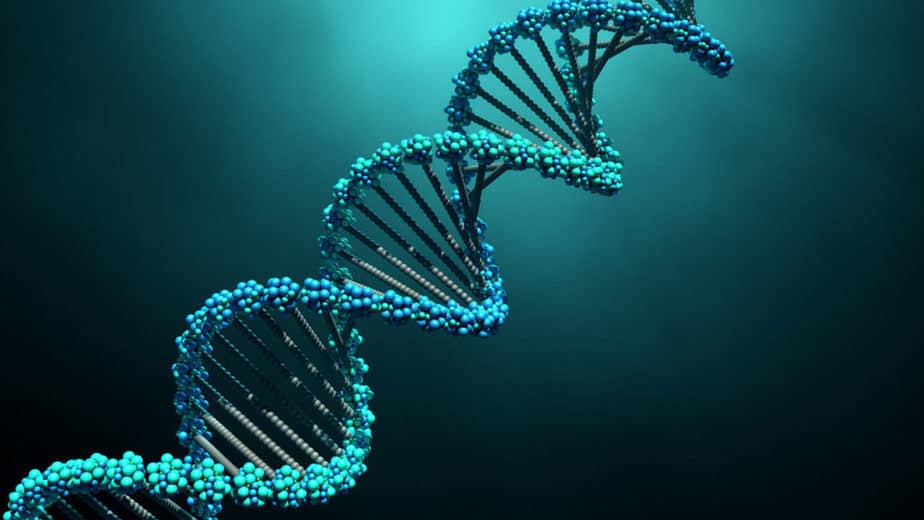A recent research discovered that DNA methylation in bacteria controls pathogenicity, reproduction, and gene expression. The findings was published in the journal Genome Biology.
In other organisms, including humans, DNA methylation is essential for regulating the tissue-specific gene expression that establishes a cell’s identity, such as whether it is a skin cell or a brain cell.
“The study of DNA methylation is part of the field of epigenetics. It is important because it helps us understand why one particular type of bacteria causes a more severe disease than another or how a normal cell can change and give rise to diseases, such as cancer,” said corresponding author Dr Tao Wu, assistant professor of molecular and human genetics at Baylor College of Medicine.
The Wu Lab is a cancer epigenetics lab. Its long-term goal is to overcome cancer therapeutic resistance by better understanding the role of epigenetics in this disease.
In bacteria, there are three different forms of DNA methylation.
-The most common is one that tags the DNA base or building block adenine (N6-methyladenine or 6mA).
-The other two tag the DNA base cytosine (N4-methylcytosine or 4mC and 5-methylcytosine or 5mC).
Although there are many methods to study DNA methylation, a few can efficiently map the three types simultaneously, Wu explained.
“It was thought that organisms other than bacteria, including mammals, mostly only used methyl-cytosine tags – the 5mC – to regulate gene activity. But in 2016, when I was at Yale University, we reported in Nature the discovery that DNA 6mA also is present in mammals,” Wu said. “This finding opened a whole new set of possibilities in the study of cancer epigenetics.”
The traditional methods to study the 5mC do not capture the adenine methylation in mammalian tissues. “This motivated us to develop a novel method to profile not only 6mA but also 4mC and 5mC,” Wu said.
In the current paper, Wu and his colleagues present the creation of a chemical-based sequencing approach for concurrently quantifying many epigenetic markers. Their approach, dubbed NT-seq—nitrite treatment followed by next-generation sequencing—is a sequencing technique for identifying various forms of DNA methylation throughout the whole genome. Additionally, the approach can amplify small clinical samples, which is something that other technologies cannot achieve.
Also Read: Doctor quits job to treat the unprivileged in native village of Prakasam district
“We show that NT-seq can detect 6mA, 4mC and 5mC both in bacterial and non-bacterial cells, including mammalian cells,” Wu said. “Compared to other methods, NT-seq is efficient, cost-effective, quicker and has high resolution. Some of its limitations are specific to the particular composition of some genomes. We have suggestions in the paper on how to compensate for this limitation.”
“We are excited about NT-seq,” Wu said. “It can uncover new DNA methylation patterns or motifs, validate results obtained with other methods, generate datasets for developing machine-learning tools for methylation analysis and paves the way to further the epigenetic study of genomic DNA 6mA in non-bacterial organisms, including studies on the epigenetics of cancer.”





